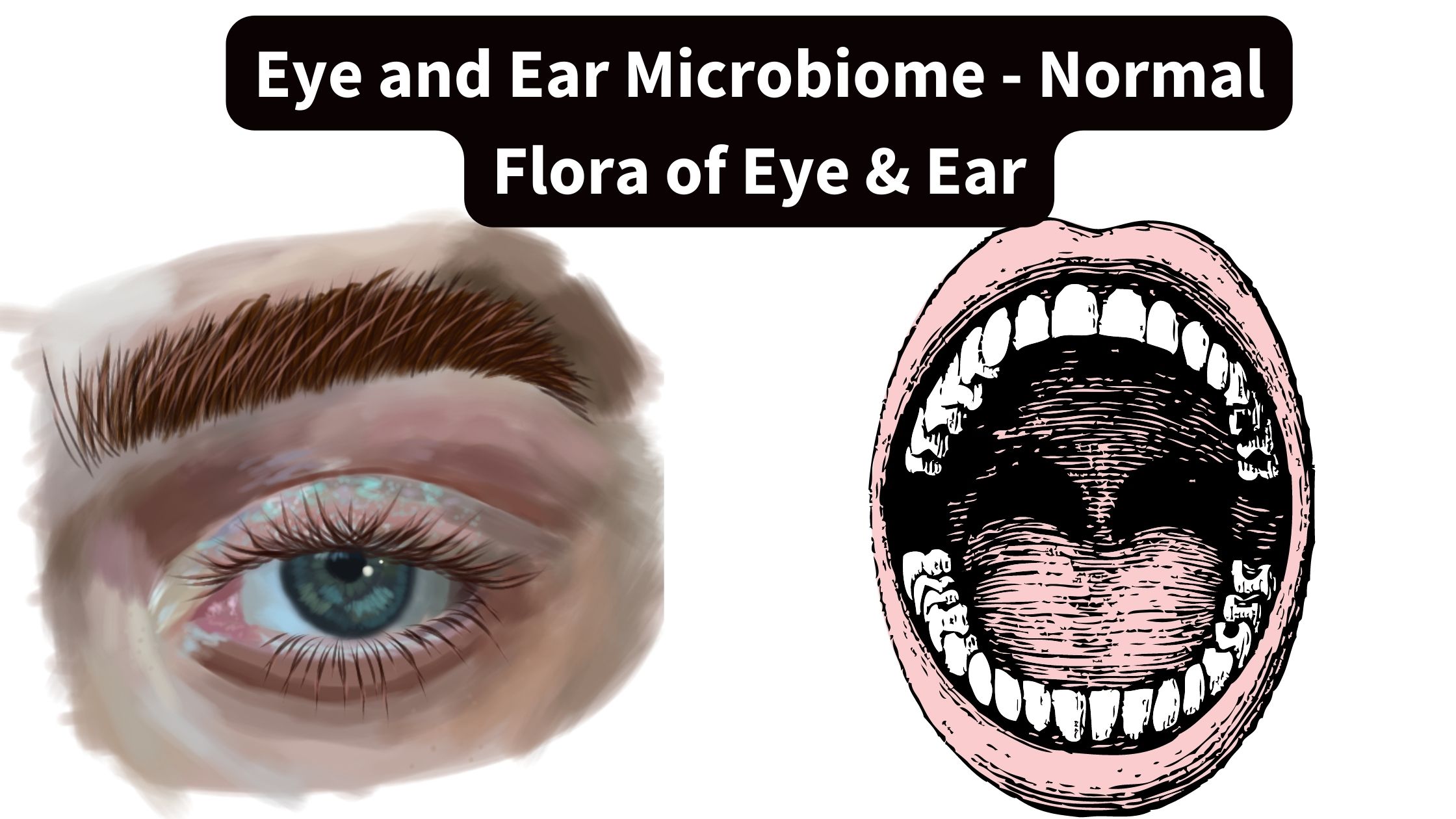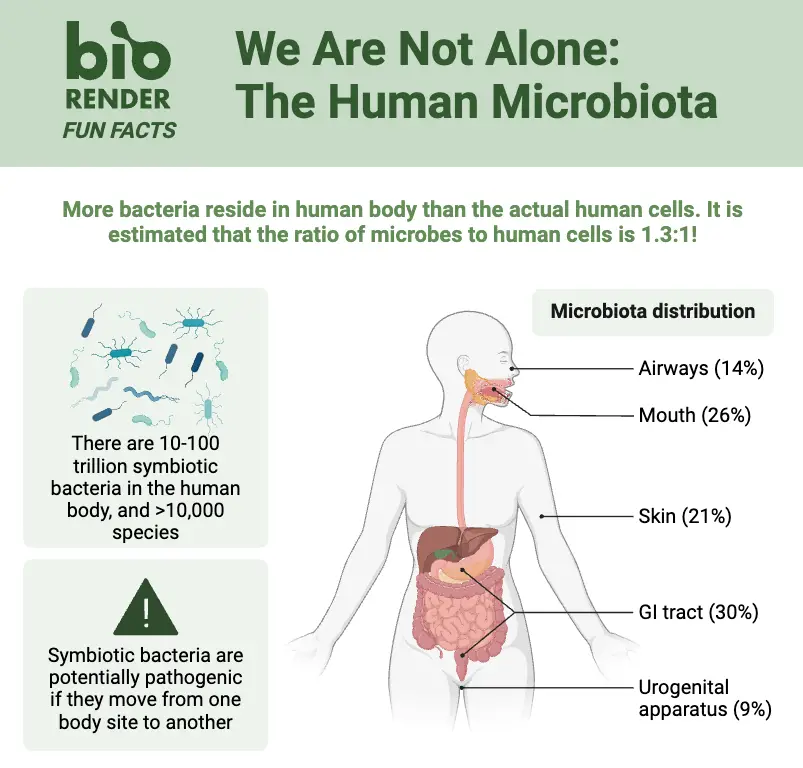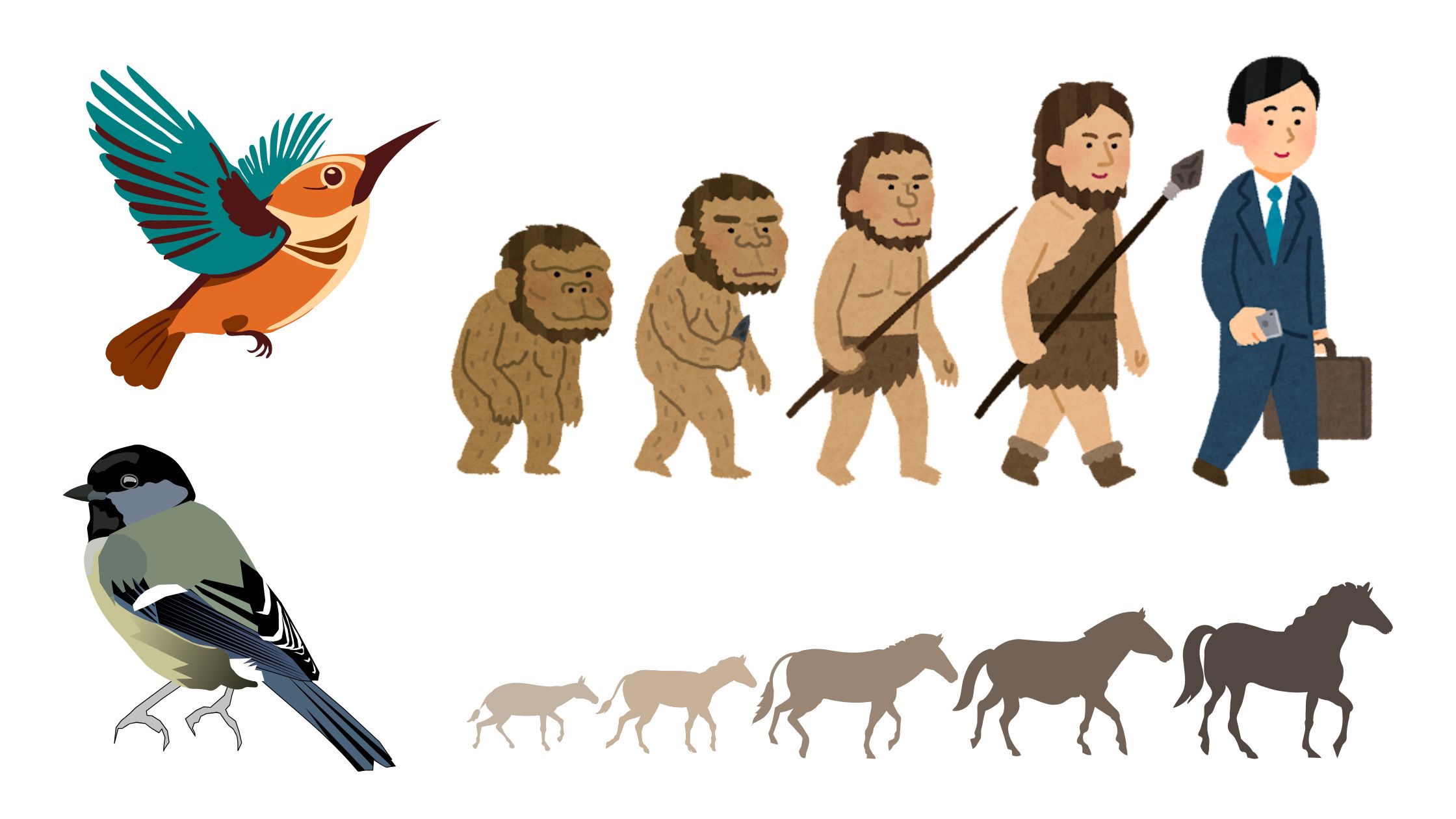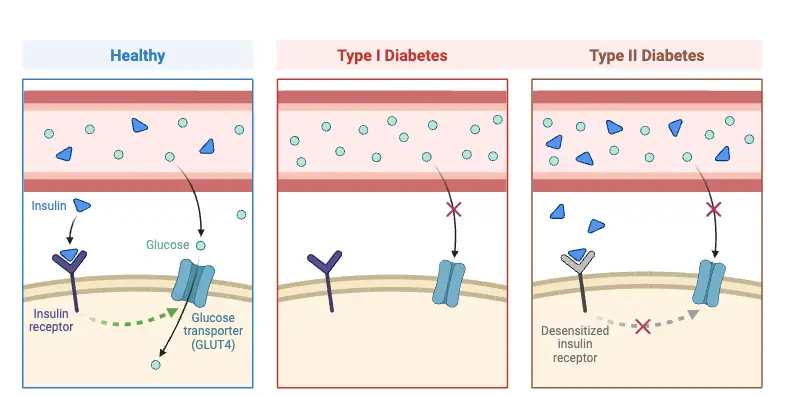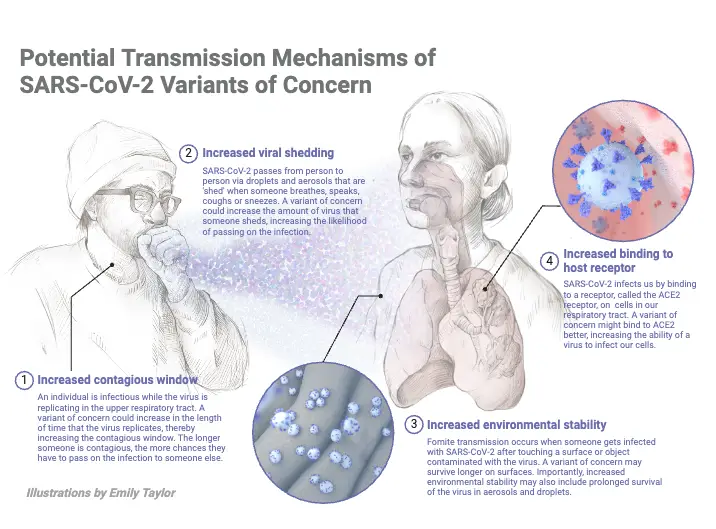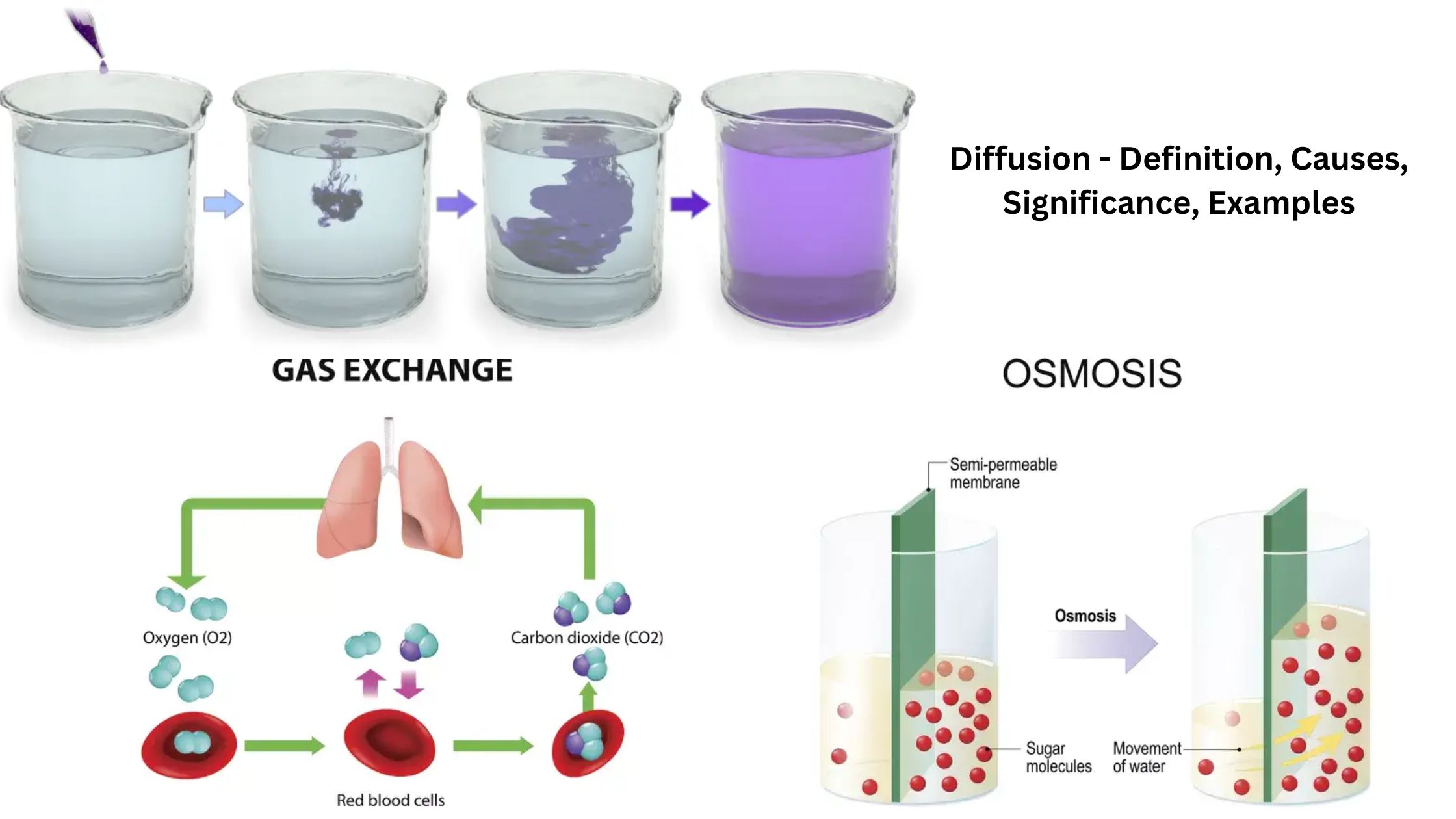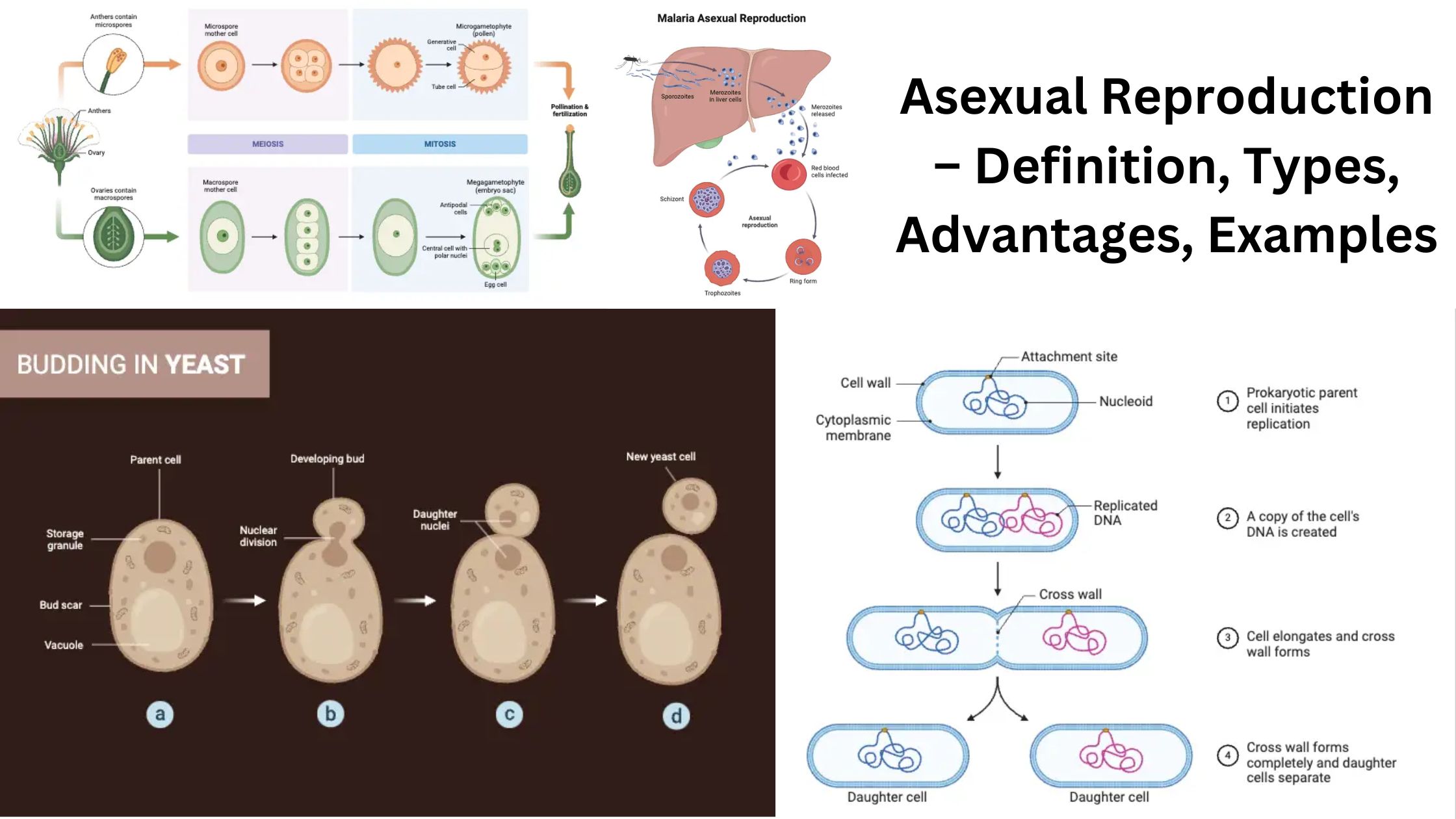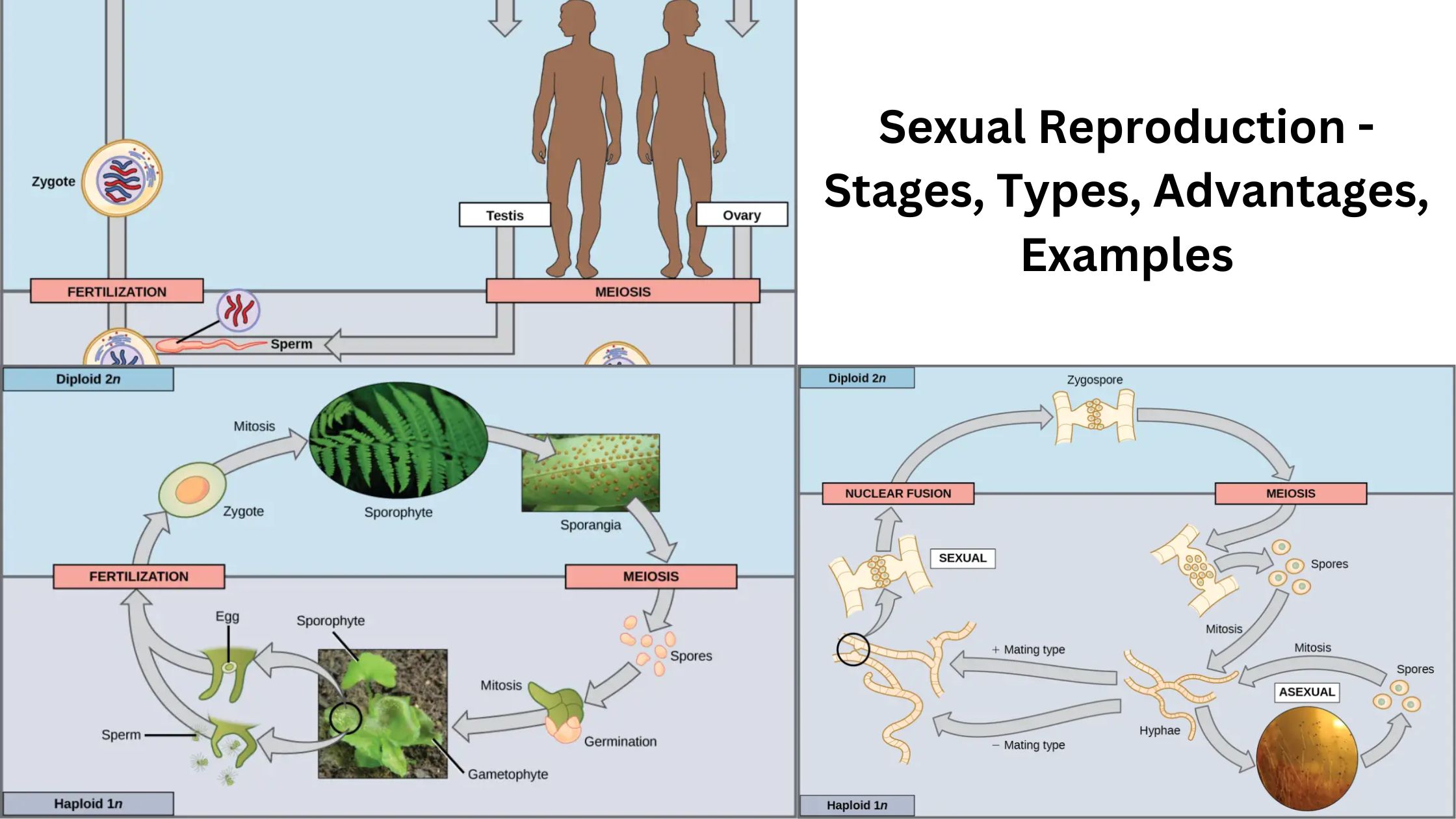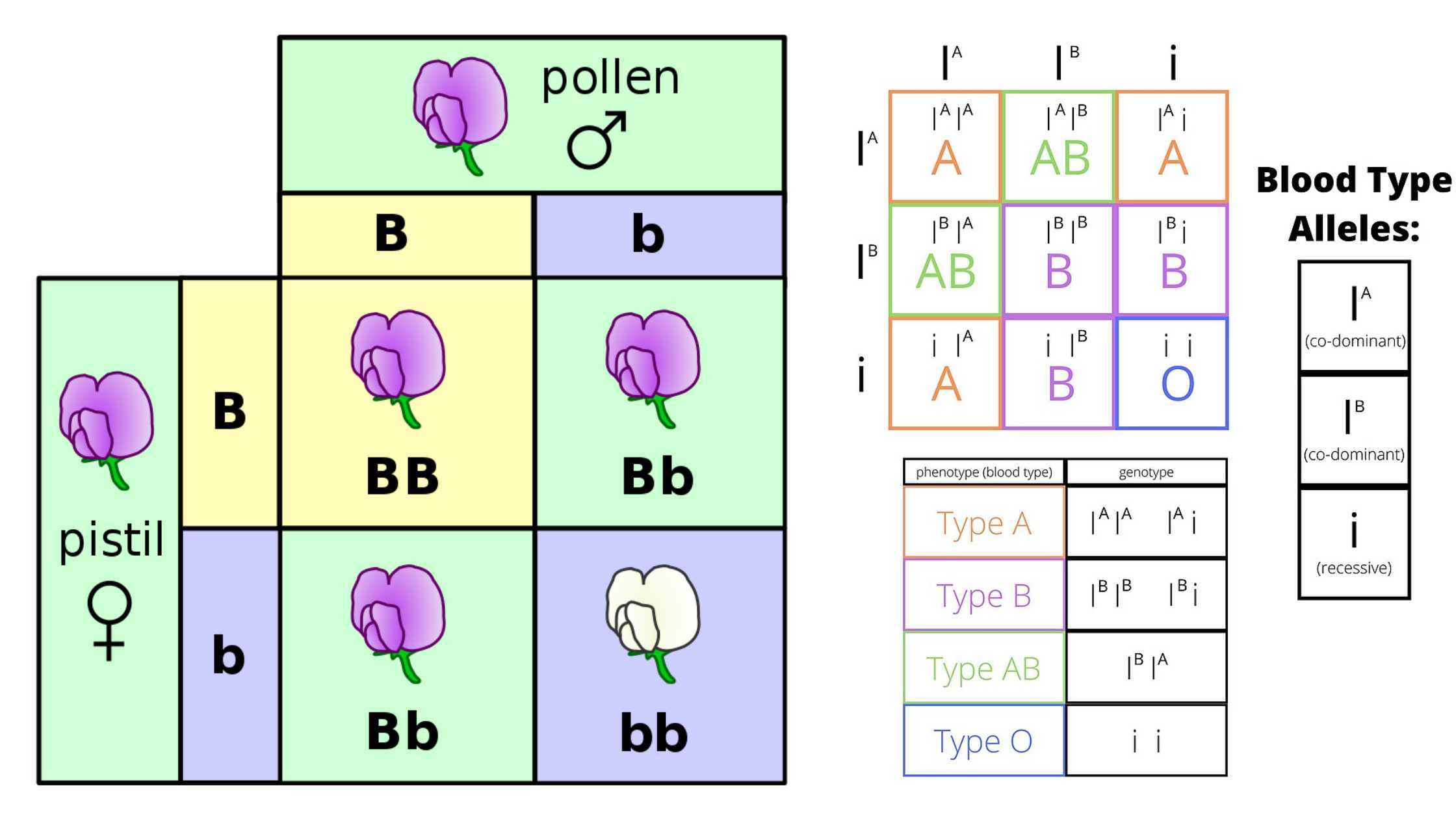Eye and Ear Microbiome – Normal Flora of Eye & Ear
What is Eye and Ear Microbiota (Microbiome) or Normal Flora of Eye & Ear? Normal Flora of the Ear Microorganism Type Category Staphylococcus spp. Gram-positive Bacteria Alloiococcus otitis Gram-positive Bacteria Corynebacterium spp. Gram-positive Bacteria Microbacterium spp. Gram-positive Bacteria Bacillus spp. Gram-positive Bacteria Arthrobacter spp. Gram-positive Bacteria Turicella otitidis Gram-positive Bacteria Micrococcus spp. Gram-positive Bacteria Moraxella … Read more
